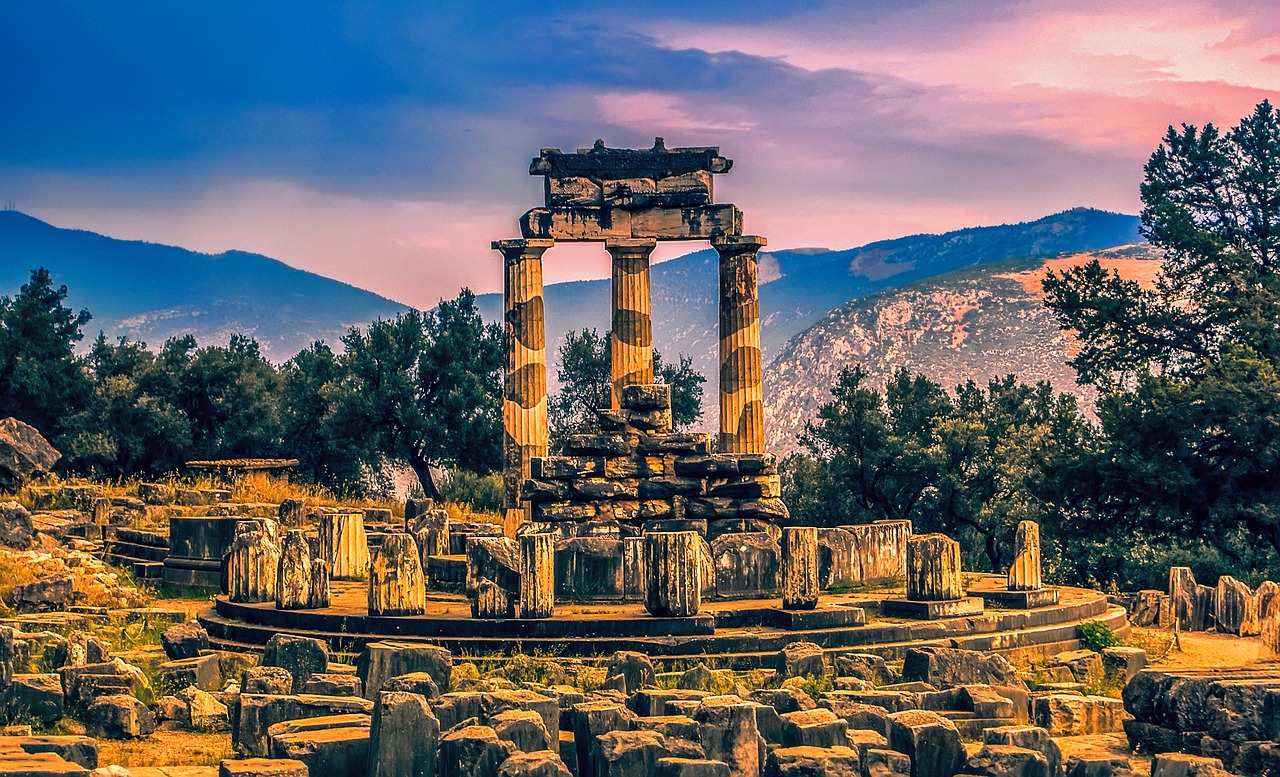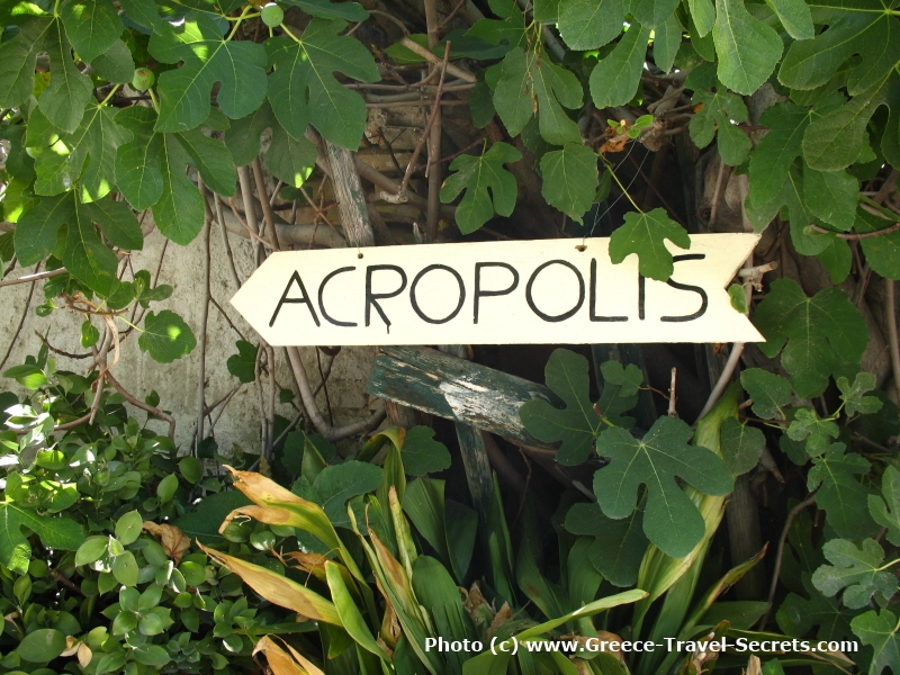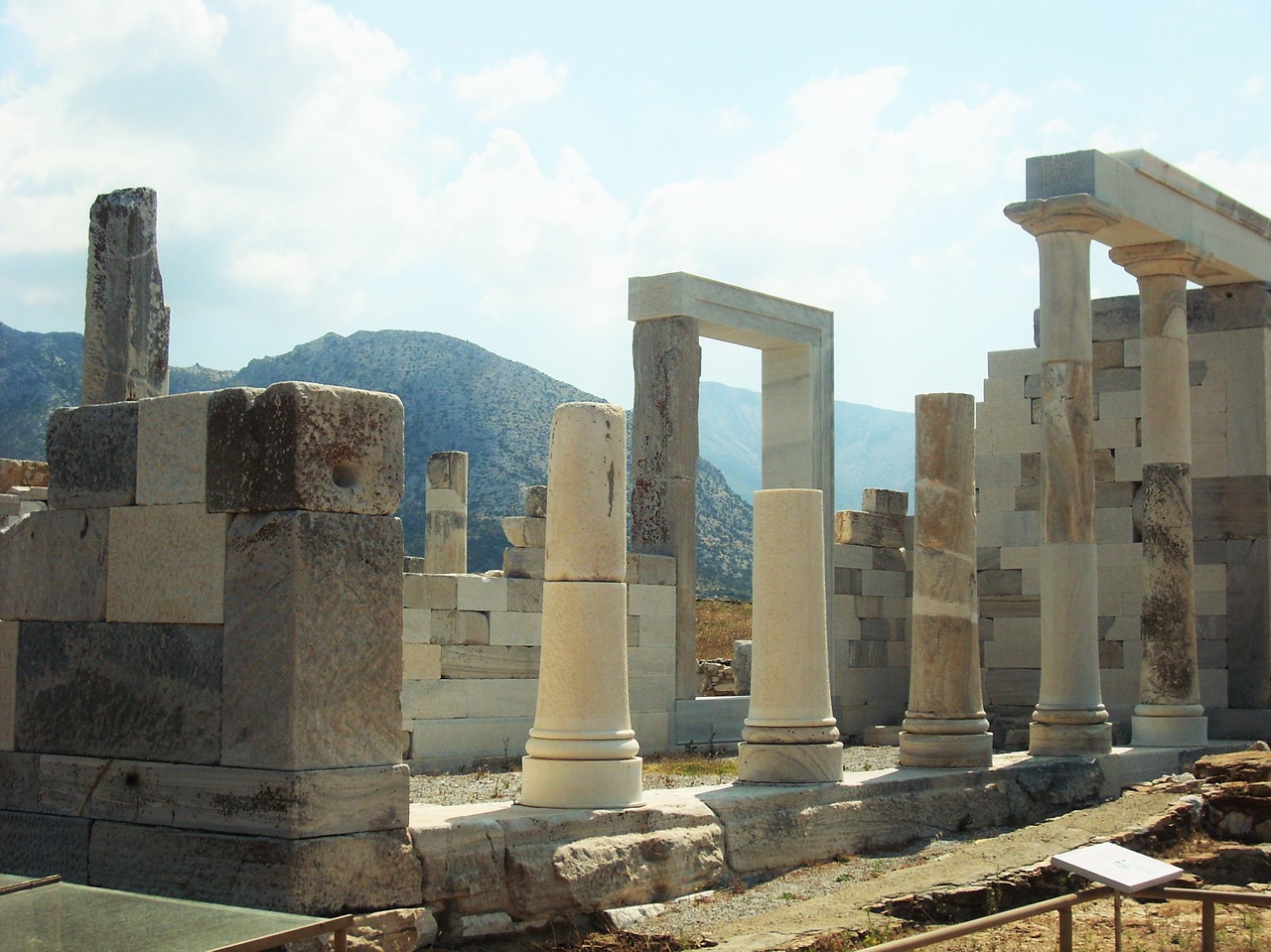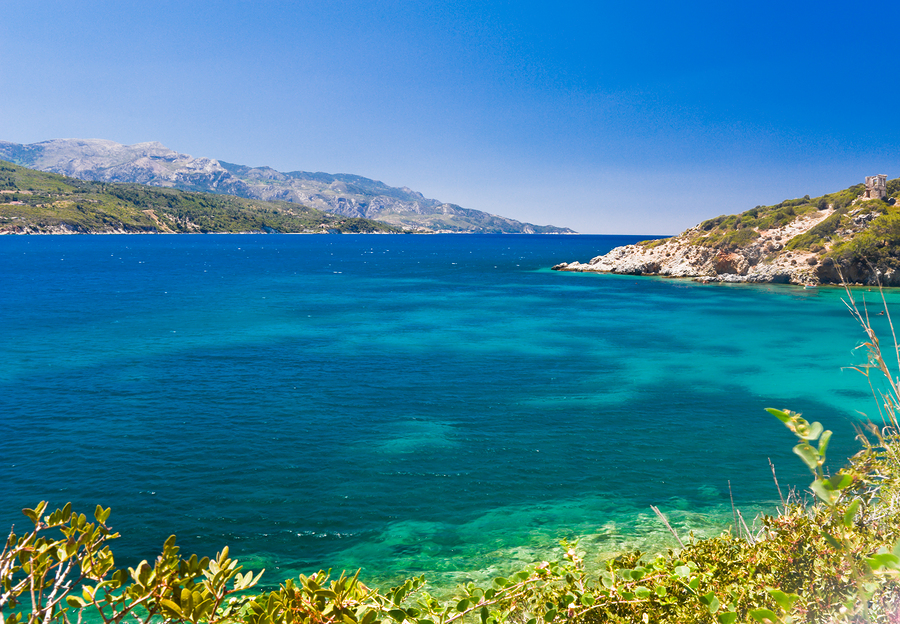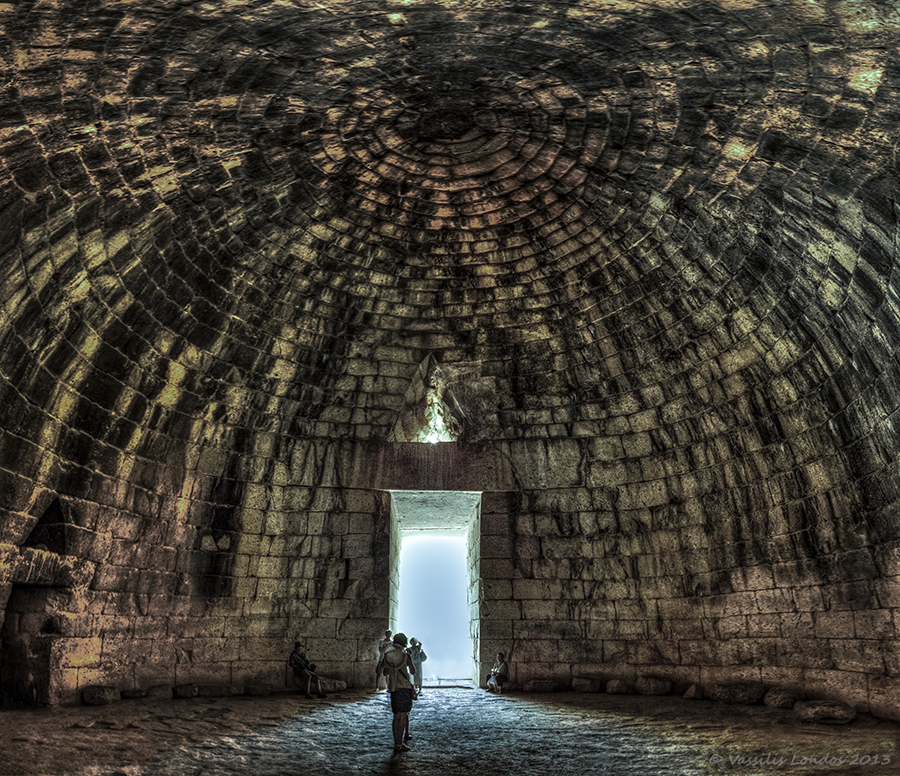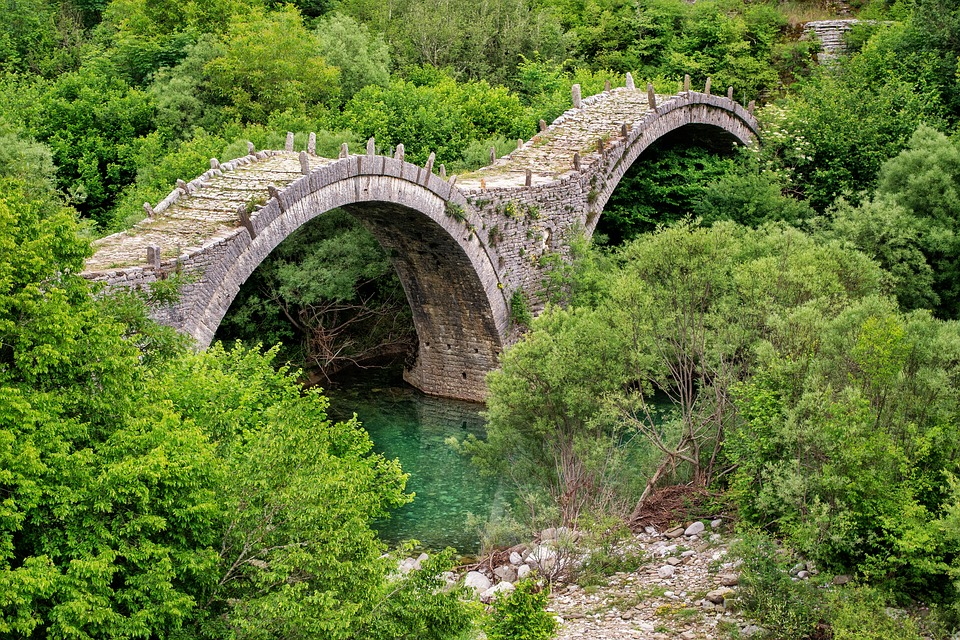- HOME
- Greece's World Heritage Sites
Greece's World
Heritage Sites
Greece Travel Secrets lists Greece's UNESCO World Heritage Sites from the first, Bassae, to the latest, Zagori, plus the Acropolis, Delphi, Mycenae and more.
How many UNESCO World Heritage Sites there are in the whole of Greece? A quick look at the UNESCO website shows that there are 18 of them. Reading down the list made us appreciate how lucky we’ve been to have seen almost all of them, in our years of travel around Greece.
Greece's World Heritage Sites in Date Order
Bassae
The first to be included on the list, which began in 1978, was the remarkable Temple of Apollo Epicurius at Bassae (or Vassae). This was added in 1986. It’s in a remote spot in the Peloponnese, and we were fortunate enough to see it while researching a guidebook to Mainland Greece. It’s covered in a huge canopy to protect it during restoration work, but you can peek inside it. See our full page about the Temple of Bassae.
Acropolis
The Acropolis in Athens was added to the list in 1987. We’ll never forget our first visit to Athens, and to the Acropolis. We had lunch at a taverna in the back streets of the Plaka. When we left we asked the owner how to get to the Acropolis, which isn’t straightforward if you come from the Plaka side. He gave us directions, and then said, with a laugh: ‘I must go and see it myself some time. I’ve never been!’
Delphi
Delphi was also added to UNESCO’s list in 1987. Nor will we ever forget our first visit to Delphi, on the same research trip when we visited Bassae. We're sure no-one ever forgets their first sight of Delphi, and the magnificent views all around. No wonder the Ancient Greeks thought it was the centre of the universe. We stayed in the nearby mountain town of Arachova, rather than in Delphi itself, and we highly recommend it.
Medieval City of Rhodes
This was added in 1988, along with Meteora, Epidavros, Mount Athos, and the Paleochristian and Byzantine Monuments of Thessaloniki. See our Walk In the Old Town of Rhodes, which you can download as a PDF to print out.
Mystras and Ancient Olympia
These were both added in 1989. Check our pages on Mystras (or Mystra) and Ancient Olympia.
Delos and Chios
In 1990 it was the turn of Delos and the monasteries of Daphni, Hosios Loukas and Nea Moni on Chios to join Greece’s ever-growing list of World Heritage Sites.
Samos
In 1992 UNESCO recognised the ancient sites of Pythagoreion and Heraion on Samos.
Vergina
In 1996 the Archaeological Site and Royal Tombs at Vergina joined the list.
Patmos, Mycenae, and
Tiryns
1999 saw three more places in Greece added to UNESCO’s list. They were the archaeological sites of Mycenae and Tiryns, along with the Historic Centre (Chorá), the Monastery of Saint-John the Theologian, and the Cave of the Apocalypse all on Patmos.
Old Town of Corfu
2007 was the year that the lovely Old Town of Corfu was added to UNESCO’s list. Anyone who’s spent time wandering round its streets will understand that. As with Rhodes Old Town, we’ve devised a Walk in Old Corfu Town that you can download as a PDF.
Philippi
The most recent addition to UNESCO’s list in Greece was in 2016, when the archaeological site of Philippi was included. And yes, we went there on our Mainland Greece research trip.
Zagori
Added in September 2023, the area of Zagori (or Zagoria) has been included for its architectural treasures, including the mix of Byzantine and Ottoman styles.
Latest Posts
-
The Lesser-Known Traditions of Greek Easter
Step off the beaten path this spring and discover the enchanting — and often surprising — Easter traditions found across Greece. -
Easter in the Mystical Castle of Monemvasia
In the castle town of Monemvasia, with its dramatic medieval backdrop and sea views, Easter is a deeply spiritual and atmospheric experience. -
Sifnos: Greece’s Hidden Culinary Star on the Rise
Sifnos, a Cycladic island, is gaining fame for its rich culinary heritage, especially the beloved melopita honey-cheese tart. -
Easter in Leonidio: A Tapestry of Light, Culture and Cliffs
In Leonidio, Easter comes alive with handmade hot air balloons in the sky and lanterns made from bitter oranges in the streets. -
April 9 Strike in Greece to Impact Public Transport, Ferries and Air Travel
Transportation and travel across Greece will face disruptions on Wednesday, April 9, as public transport, ferry and aviation workers join a nationwide strike called by Greek labor unions. -
Ancient Theater of Lefkada Brought Fully to Light Following Systematic Excavation
The Greek Culture Ministry has announced that the first ancient theater ever identified in the Ionian Islands has recently been brought fully to light on Lefkada, revealing an impressive monument that… -
Seven Greek Traditions Recognized as Intangible Cultural Heritage
From traditional barrel-making to age-old folk dances, seven new entries on Greece’s National Inventory preserve the country’s living heritage for future generations. -
Greek Air Traffic Controllers to Hold 24-hour Strike, Disrupting Flights on April 9
The Hellenic Air Traffic Controllers Union have announced a 24-hour strike for Wednesday, April 9, in response to the protest called by the Civil Servants’ Confederation (ADEDY). The strike is being h… -
Ten Best Budget Hotels on Santorini
Greece Travel Secrets picks the ten best budget hotels on Santorini, some with caldera views, some near beaches and some close to the heart of Fira. -
No Ferries in Greece on April 9 as Seamen Join Nationwide Strike
The Pan-Hellenic Seamen’s Federation (PNO) has announced its participation in the 24-hour strike called by the General Confederation of Greek Labor (GSEE) on Wednesday, April 9. The strike, which will…
